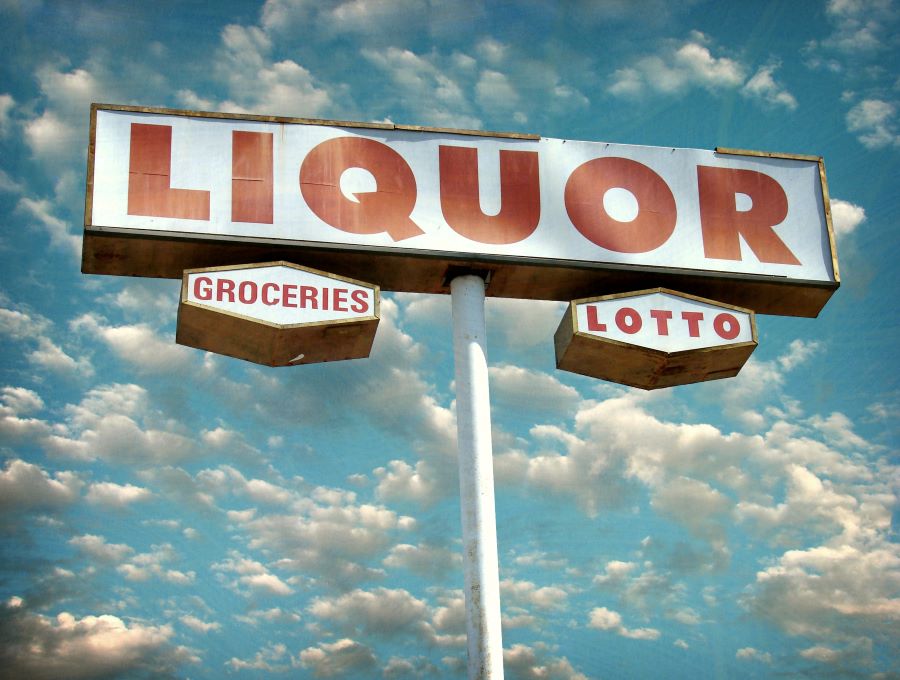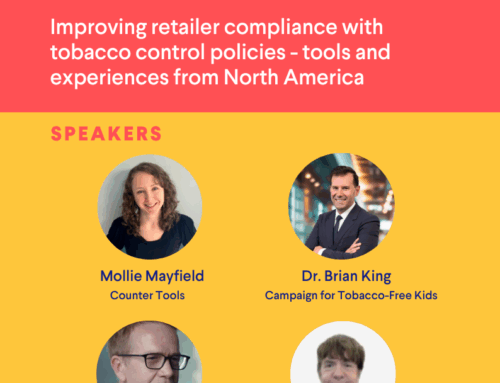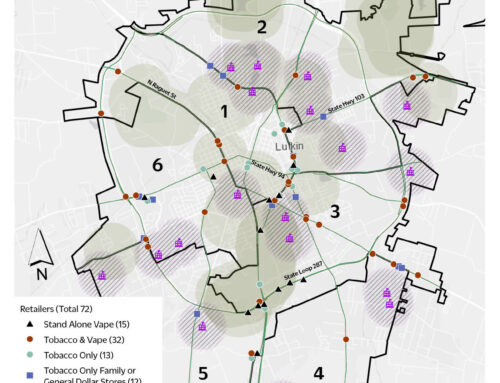We hosted a webinar in our “Healthy POS Webinar Series” on Thursday, June 17 at 11am EST.
Our guest speaker was Dr. Pamela Trangenstein, PhD, Assistant Professor, Department of Health Behavior, UNC-Chapel Hill Gillings School of Global Public Health; and a leading alcohol researcher.
The advertising and selling of alcohol products at alcohol outlets (e.g., restaurants, bars/taverns, liquor stores etc.) has been associated with negative outcomes like violent crime. Research from areas such as Baltimore, MD, has shown that a reduction in alcohol outlets and advertisements can lead to a decrease in violent crime and improve communities.
During the webinar, Dr. Trangenstein discussed how to identify alcohol outlets, what the research shows, and key policy solutions.
Below are some materials from the webinar.
View the recording:
Slide deck – Alcohol at the POST – Places, Promotions, and Problems (PDF)
Research articles
Alcohol Advertising and Violence (PDF)
Alcohol Outlet Clusters and Population Disparities (PDF)
Outlet Type, Access to Alcohol, and Violent Crime (PDF)
The Violence Prevention Potential of Reducing Alcohol Outlet Access in Baltimore, Maryland (PDF)
Webinar Questions
Written Answers from Dr. Trangenstein
Our community health assessment cycle is coming up. What are some examples of language you would recommend avoiding to reduce stigma?
Re: language to avoid
- Terms like “high-poverty areas,” “high-crime areas,” “crime-ridden” can be stigmatizing, and so can rank ordering the neighborhoods with the fewest amenities. They still have some resources/amenities, but just fewer than other areas.
- I also try to catch myself when I am using the word “disparities” too much, because it means I am focusing on the problem and I’m not focusing on equity/liberation (the solution).
- I also avoid terms like “minority,” because it is imprecise and can refer to both numbers (e.g., who has the greater percentage) or power (e.g., are Black people a majority in Baltimore?). Instead, I elect to use more precise racial terms.
- For those of us who work with data, reference the Broward Co., FL data sheet they distribute to people who use their public data to provide historical context of where the data were generated. This is a great tool to situate data within history because data are not neutral.
Does the data of the increase of violence in clusters include underage drinking?
Re: clusters and underage drinking
I haven’t seen much associating clustering with underage drinking, but there is literature that examines associations with alcohol outlet density.
- This is one of the most rigorous analyses I know of: Rowland, B., Evans-Whipp, T., Hemphill, S., Leung, R., Livingston, M., & Toumbourou, J. W. (2016). The density of alcohol outlets and adolescent alcohol consumption: An Australian longitudinal analysis. Health & Place, 37, 43-49.
- Deb Furr-Holden has also done some interesting work around youth exposure to tobacco, alcohol, and other drugs if they have an outlet on their walk to school, e.g., Milam, A. J., Furr-Holden, C. D. M., Cooley-Strickland, M. C., Bradshaw, C. P., & Leaf, P. J. (2014). Risk for exposure to alcohol, tobacco, and other drugs on the route to and from school: the role of alcohol outlets. Prevention Science, 15(1), 12-21.
Are you anticipating many of the alcohol “special” exceptions during covid restrictions going back or becoming the norm? Oregon just approved cocktails to go.
Re: To-go sales vs. home delivery
I will note: I mentioned that we were less concerned with to-go sales than home delivery and online sales. That doesn’t mean that to-go sales are not alarming, because it turns bars and restaurants into off-premise outlets, which we saw today had more harms. The most concerning are states allowing bars and restaurants to sell cocktails to-go, especially those allowing bartenders to seal those cocktails on site. Undercover buys by coalitions have found this has included anything from a mason jar lid to a doily on top of a plastic cup. Once a customer carries their drink out of an outlet, this then violates open container rules for traffic safety, and NHTSA just ruled that Iowa’s to-go policy was in violation (I don’t know if it reviewed other states’ rules). I’d urge you to try to track these bills as they move through your legislature.





